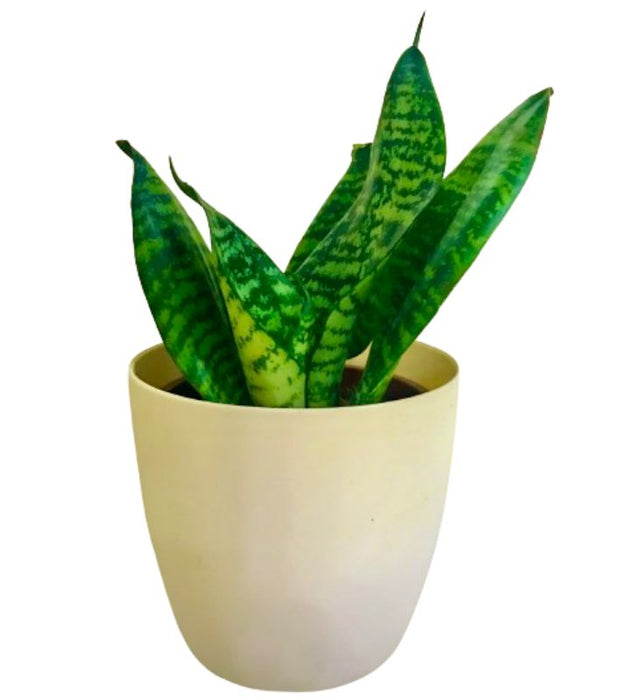
Snake plant with recyclable pot
Save 17%
Original price
₹359
Original price
₹359
-
Original price
₹359
Original price
₹359
Current price
₹299
₹299
-
₹299
Current price
₹299
(MRP Inclusive of all taxes)
- Dispatch in 5-8 working days
- Delivery across India
Deals for today
- Free shipping
Above Rs.999
* check details on cart page
Images are for reference purposes only. Actual product may vary in shape or appearance based on climate, age, height, etc. The product is not returnable.
